In the competitive world of digital marketing, email remains a pivotal tool for customer engagement and communication. Among the plethora of email service providers, Mailjet and Mailgun stand out as two prominent choices, each catering to different user needs and technical proficiencies. This comprehensive comparison delves into the strengths and weaknesses of Mailjet and Mailgun, integrating lesser-known strategies and introducing innovative solutions like Prism Reach to help you make an informed decision for your email marketing endeavors.
Key Facts
- Mailjet excels in user-friendliness, making it ideal for marketers with limited technical experience.
- Mailgun is developer-focused, offering advanced API capabilities and superior deliverability.
- Both platforms provide transactional and marketing email services, but each has distinct strengths in different areas.
Mailjet vs Mailgun: Features, Functionality, and User Experience
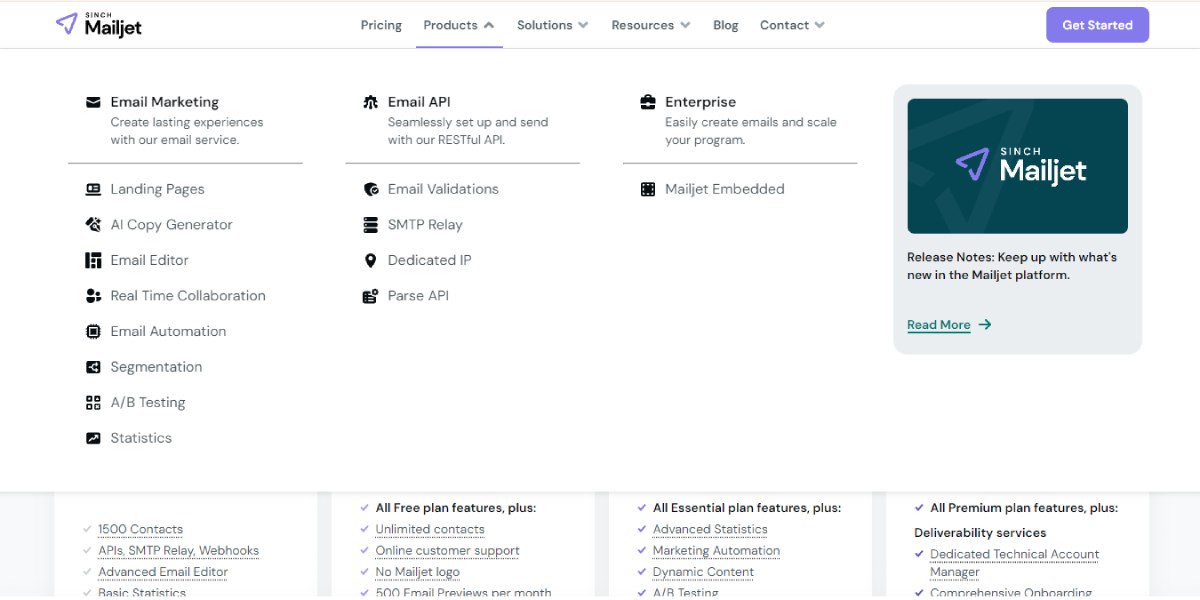
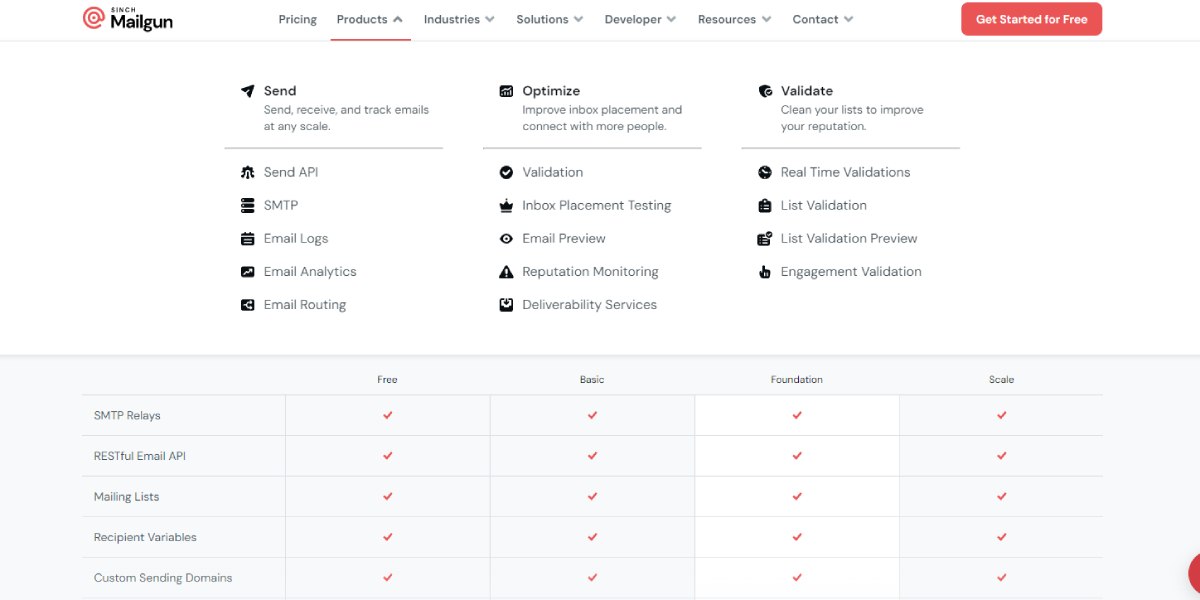
Mailjet: User-Friendly Interface and Accessibility
Mailjet is renowned for its intuitive and user-friendly interface, making it an ideal choice for email marketers with limited experience. The platform offers a variety of features designed to simplify the email marketing process:
- Drag-and-Drop Email Builder: Allows users to create visually appealing emails without any coding knowledge.
- Pre-built Templates: A wide range of customizable templates cater to different industries and campaign types.
- Real-Time Collaboration Tools: Teams can work together seamlessly, with features like shared workspaces and feedback mechanisms.
- GDPR-Compliant Subscription Forms: Ensures that your email campaigns adhere to data protection regulations.
- Basic Automation Capabilities: Enables automated email sequences based on user actions or predefined triggers.
While Mailjet may lack some of the more advanced features found in other platforms, its strength lies in its ability to make email marketing accessible to a wide range of users, from small businesses to marketing teams in larger organizations.
Mailgun: Developer-Centric Approach and Technical Prowess
Mailgun distinguishes itself with its developer-centric approach and extensive API capabilities. This focus translates into more robust features tailored for technical users:
- Advanced RESTful APIs: Allows for seamless integration with various applications and services.
- Detailed Deliverability Controls: Features like dedicated IP addresses and domain reputation monitoring enhance email deliverability.
- Real-Time Tracking and Logs: Provides comprehensive insights into email performance and delivery issues.
- Flexible Custom Routing: Enables complex email routing rules based on specific criteria.
- Support for Multiple Domains: Manage emails across different domains efficiently.
Mailgun’s technical focus may be overwhelming for less experienced users, but it provides the depth and flexibility needed by developers and companies requiring granular control over their email infrastructure.
Deliverability and Performance Comparison
In the crucial area of email deliverability, Mailgun holds a slight edge over Mailjet. Here’s why:
- Mailgun: Known for its strong deliverability rates, Mailgun offers features like dedicated IP addresses, domain reputation monitoring, and advanced bounce management. These tools are particularly beneficial for businesses sending high volumes of transactional emails or requiring detailed delivery analytics.
- Mailjet: While not as advanced as Mailgun in deliverability features, Mailjet still maintains good deliverability rates, especially for standard marketing emails. Additionally, Mailjet’s GDPR-compliant features are a significant advantage for businesses operating in or targeting European markets.
Both platforms ensure that your emails reach the intended inboxes, but the choice may depend on the specific deliverability tools you require.
Pricing Structures and Plans
The pricing models of Mailjet and Mailgun cater to their respective target audiences, offering flexibility based on user needs:
- Mailjet:
- Tiered Pricing Structure: Includes a free plan capped at 6,000 emails per month, ideal for small businesses and startups.
- Custom Pricing for Enterprises: Offers dedicated IP management and onboarding services for larger organizations.
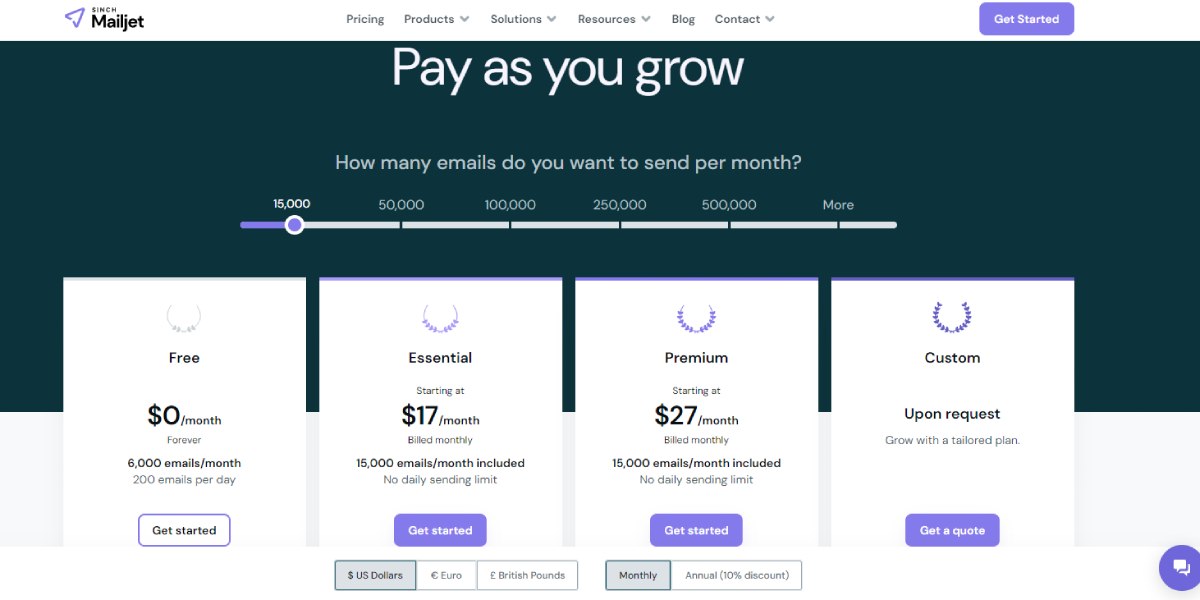
- Mailgun:
- Pay-As-You-Go Model: Attractive for startups and developers with fluctuating email volumes.
- Limited Free Tier: Offers 100 emails per day, suitable for initial testing and low-volume needs.
- Custom Pricing Options: Includes advanced features like deliverability consulting and dedicated IP addresses for larger enterprises.
Choosing between Mailjet and Mailgun may come down to your budget and the specific features you need. Mailjet’s free plan is more generous, while Mailgun offers more flexibility and advanced features for those willing to invest.
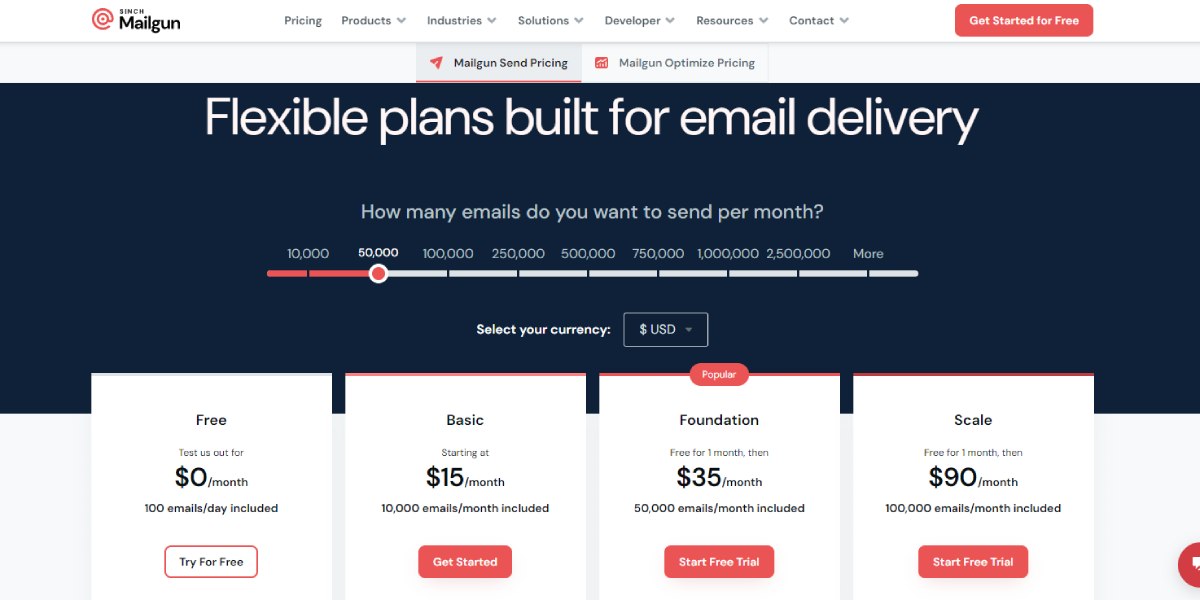
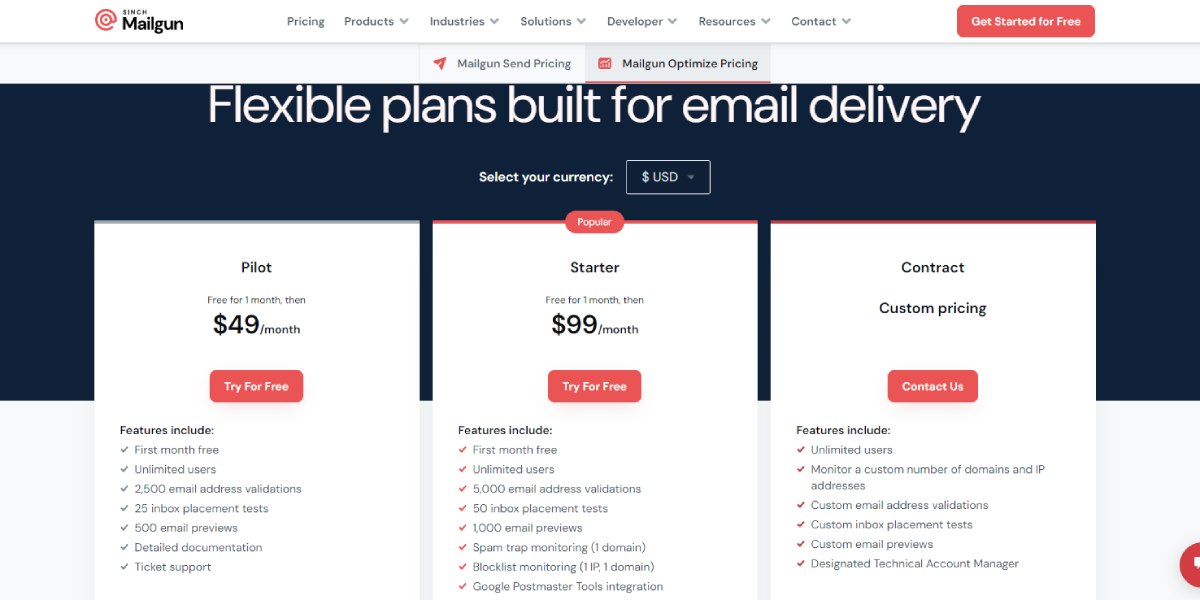
Integration of Hidden Gems
Beyond the standard features, both Mailjet and Mailgun offer lesser-known strategies that can significantly enhance your email marketing effectiveness. Here, we integrate five such hidden gems into the comparison:
1. Mailgun’s Inbound Parsing for Automation
Mailgun’s inbound parsing capabilities allow you to automate responses based on incoming emails. By setting up rules, you can trigger specific actions when emails are received, such as sending confirmation emails or updating your database. This automation streamlines customer interactions and enhances engagement.
2. Mailjet’s Dynamic Content Feature
Mailjet offers advanced dynamic content personalization, enabling you to tailor sections of your emails based on user data. By setting conditions for when certain content appears, you can create highly personalized experiences that resonate with different audience segments, thereby enhancing engagement rates.
3. Implementing IP Warming with Mailgun
For new accounts or when changing IP addresses, Mailgun’s IP warming feature allows you to gradually increase your sending volume. This strategy helps establish a positive sender reputation, improving deliverability rates over time and ensuring your emails land in the inbox rather than the spam folder.
4. Segmentation Based on Engagement in Mailjet
Mailjet’s segmentation tools enable you to filter contacts based on their engagement history, such as opens or clicks. By targeting highly engaged users with specific campaigns while excluding inactive subscribers, you can improve open rates and reduce unsubscribe rates.
5. Using Webhooks for Real-Time Notifications in Mailgun
Mailgun supports webhooks that provide real-time notifications for events like bounces or complaints. Setting up webhooks allows you to react quickly to issues affecting deliverability and maintain a clean email list by promptly removing problematic addresses.
Incorporating these hidden gems into your email marketing strategy can provide a significant edge, enhancing both the effectiveness and efficiency of your campaigns.

Innovative Solutions by Prism Reach
While Mailjet and Mailgun offer solid solutions for email marketing and transactional emails, Prism Reach introduces a revolutionary approach that addresses some of the limitations of traditional email marketing platforms. Prism Reach’s AI-powered personalization goes beyond basic segmentation, offering deep, individual-level customization of newsletter content.
- AI-Powered Personalization:
- Content Clustering: Utilizes both open and proprietary AI models to categorize content effectively.
- User Avatars: Enriches user data for creating highly personalized profiles.
- Personalized Introductions: Generates custom introduction paragraphs for each subscriber using advanced data analytics.
- Optimal Sending Times: Uses predictive analytics to determine the best times to send newsletters, maximizing subscriber engagement.
- Seamless Setup and Integration:
- Quick Setup: The platform can be integrated within 10 minutes, making it user-friendly.
- One-Click Uploads: Facilitates easy migration of existing subscriber lists.
- AI-Enhanced Sign-Up Forms: Designed to increase sign-up rates through AI-generated content tailored to the user’s context and improve GDPR compliance.
- Dynamic Content Selection: The AI determines the most relevant content for each subscriber, enhancing the personalization of each newsletter.
- Advertising Network and Swap Network:
- Provides a platform for targeted advertising similar to major online ad networks, allowing for precise ad placement based on subscriber data.
- Facilitates mutual promotion among publishers, broadening content reach and enhancing subscriber engagement.
- Advanced AI Features:
- Includes anti-spam checks and a focus on high deliverability, crucial for maintaining engagement levels and avoiding spam filters.
Prism Reach not only complements the functionalities offered by Mailjet and Mailgun but also elevates your email marketing strategies by introducing AI-driven insights and automation that drive higher engagement and conversion rates.
Benefits of Prism Reach
- Enhanced Personalization: Tailors content to individual subscriber preferences, boosting engagement rates by up to 40%.
- Increased Revenue: Through targeted advertising and efficient content selection, Prism Reach helps monetize email campaigns more effectively.
- Improved Productivity: Automation and AI-driven insights reduce the time and effort required to create and manage email marketing campaigns.
Upgrade Your Email Marketing with AI Personalization!
Conclusion
Choosing between Mailjet and Mailgun largely depends on your specific needs and technical expertise. Mailjet is the go-to for user-friendly email marketing with basic automation, ideal for small to medium businesses and marketing teams. On the other hand, Mailgun, with its powerful API and advanced features, is better suited for developers and companies requiring complex email workflows and transactional email capabilities.
However, for businesses looking to take their email marketing to the next level, Prism Reach offers an innovative alternative. Its AI-driven personalization and content curation capabilities provide a unique solution that could potentially outperform both Mailjet and Mailgun in terms of engagement and conversion rates.
Ultimately, the decision should be based on your company’s specific requirements, technical resources, and long-term email marketing strategy. Whether you choose the user-friendly approach of Mailjet, the developer-centric power of Mailgun, or the AI-driven innovation of Prism Reach, ensuring that your chosen platform aligns with your business goals is key to success in email marketing.
Sources
- Campaign Refinery. (2024). Mailjet vs Mailgun: How to Pick the Right Choice For You?. Campaign Refinery. Retrieved from https://www.campaignrefinery.com
- Mailmodo. (2024). Mailgun vs Mailjet Comparison [2024]. Mailmodo. Retrieved from https://www.mailmodo.com
- Software Advice. (2024). Mailgun vs Mailjet – 2024 Comparison. Software Advice. Retrieved from https://www.softwareadvice.com
- Suprsend. (2024). Mailgun VS Postmark VS Mailjet – Which email provider is better in 2024?. Suprsend. Retrieved from https://www.suprsend.com
- Mailjet. (2024). Mailgun vs Mailjet. Mailjet. Retrieved from https://www.mailjet.com